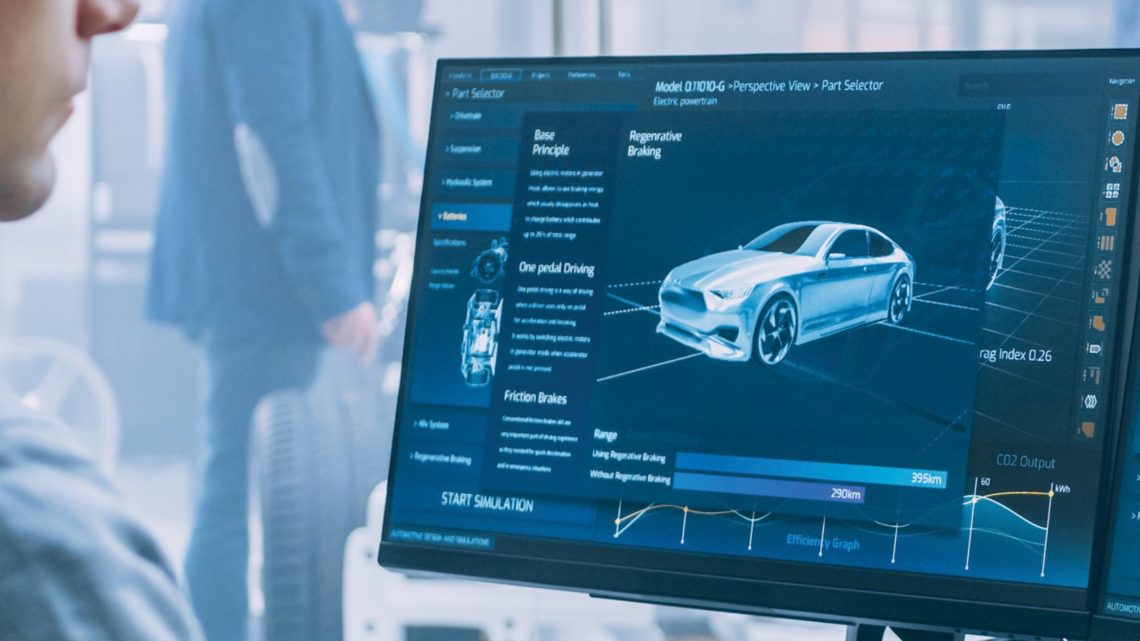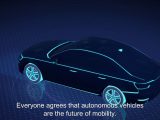
The Impact of 5G on Connected Car Ecosystems
May 23, 2025Imagine your car not just as a vehicle, but as a rolling hub of real-time data—streaming traffic updates, diagnosing its own engine issues, or even chatting with nearby cars to avoid collisions. That’s the promise of 5G in connected car ecosystems. And honestly? It’s closer than you think.
Why 5G Changes Everything for Connected Cars
4G was like a two-lane highway for data—functional, but prone to congestion. 5G? More like a 12-lane superhighway with zero traffic lights. Here’s why that matters:
- Latency drops to 1ms (vs. 50ms on 4G). That’s near-instantaneous communication—critical for avoiding accidents.
- 100x more devices per square kilometer can connect. Think: smart traffic lights, pedestrian wearables, even road sensors.
- 10Gbps peak speeds enable HD map updates and over-the-air software patches in seconds.
Key Areas Where 5G Supercharges Connected Cars
1. Vehicle-to-Everything (V2X) Communication
With 5G, your car won’t just talk to the cloud—it’ll gossip with everything around it. A few scenarios:
- Vehicle-to-Vehicle (V2V): Cars “swarm” together to coordinate lane changes or emergency braking.
- Vehicle-to-Infrastructure (V2I): Traffic lights adjust timing dynamically based on real-time congestion data.
- Vehicle-to-Pedestrian (V2P): Your phone alerts you—and nearby cars—if you step into a crosswalk blindly.
2. Autonomous Driving Gets a Brain Boost
Self-driving cars today rely heavily on onboard processing. 5G lets them offload complex tasks to edge servers. For example:
| Without 5G | With 5G |
| Onboard AI processes all sensor data | Distributed AI splits workloads across the network |
| Limited by local computing power | Access to cloud-based supercomputing |
| Delayed obstacle recognition | Real-time crowd-sourced hazard maps |
3. Predictive Maintenance Goes Precognitive
Modern cars already flag check-engine lights. 5G-connected cars? They’ll predict failures before they happen. Sensors stream data to manufacturers 24/7, spotting wear patterns invisible to mechanics. BMW’s early trials reduced unplanned repairs by 30%.
The Roadblocks (Yes, There Are a Few)
Not all smooth sailing, though. Here’s what’s slowing adoption:
- Coverage gaps: Rural areas still rely on patchy 4G networks.
- Security nightmares: More connections mean more hackable entry points.
- Cost: Retrofitting older cars with 5G modems isn’t cheap.
What’s Next? The 2030 Vision
By decade’s end, 5G could make today’s connected cars look like flip phones. Picture this:
- Augmented reality windshields that overlay navigation arrows directly onto the road.
- Dynamic insurance pricing based on real-time driving behavior.
- Fleet learning: Every connected car teaches others—spot a pothole? The entire network knows instantly.
The line between “car” and “smartphone on wheels” is blurring fast. And 5G? It’s the glue holding this ecosystem together—quietly, relentlessly, transforming how we move.





